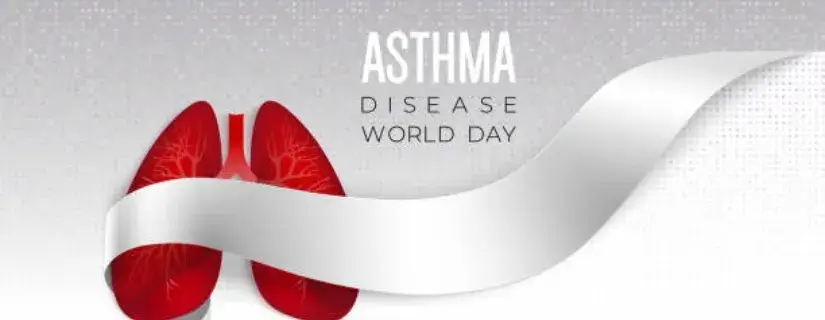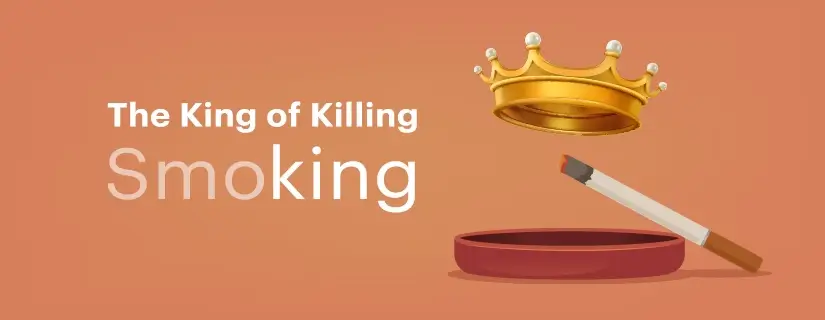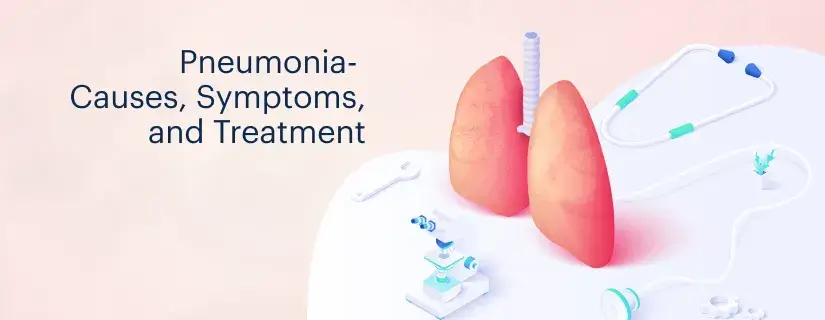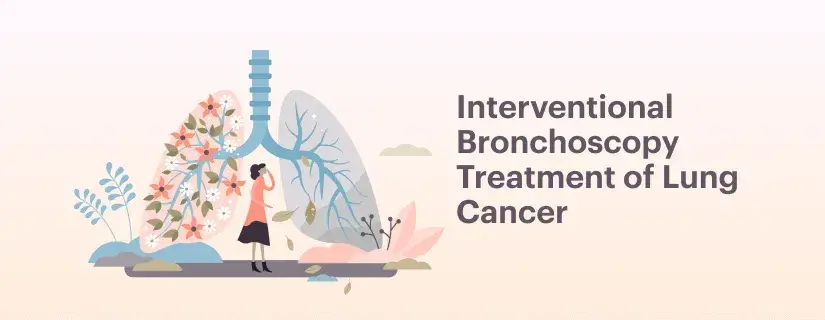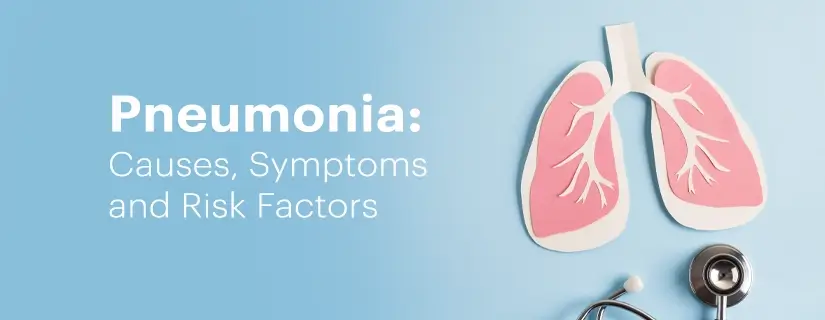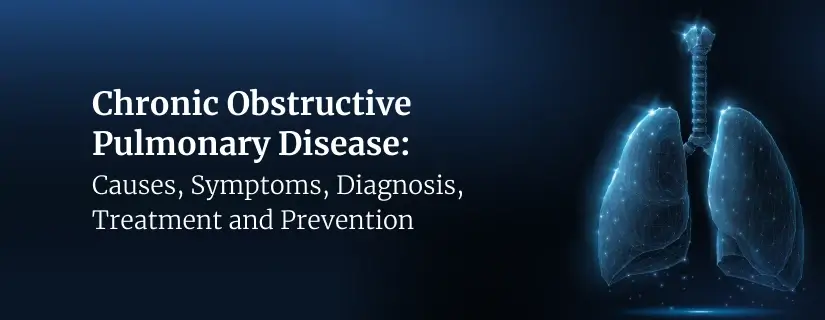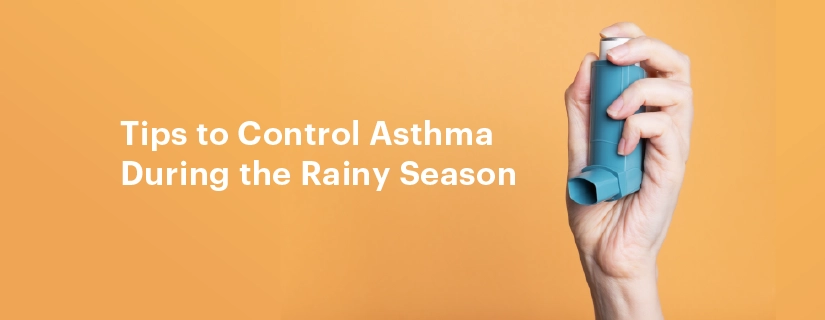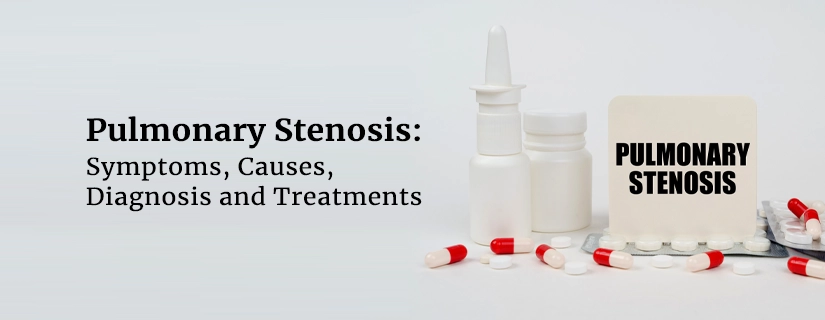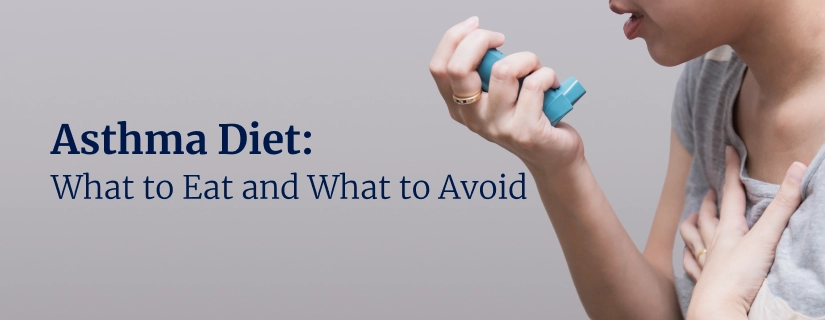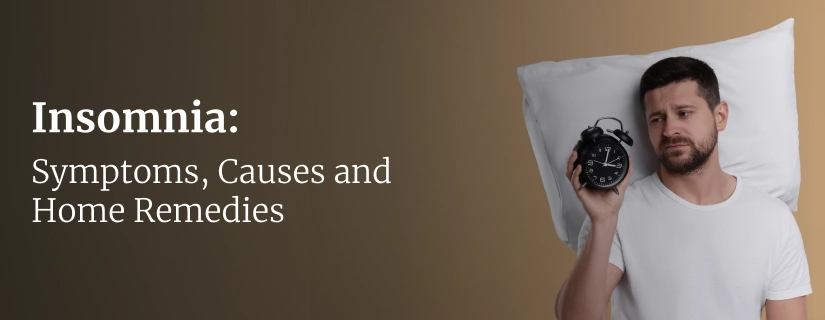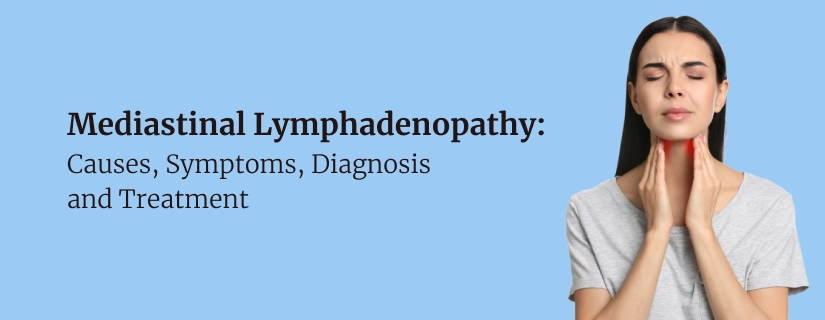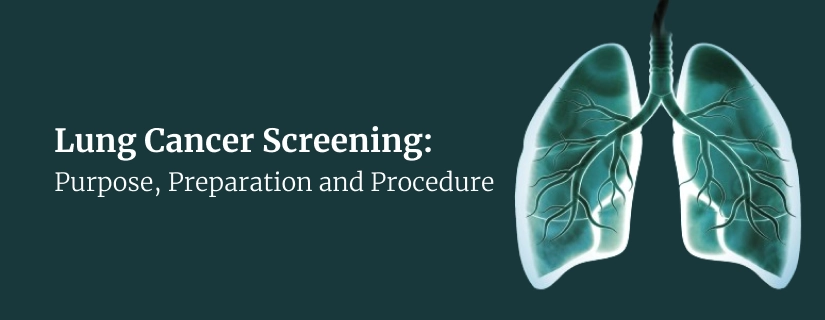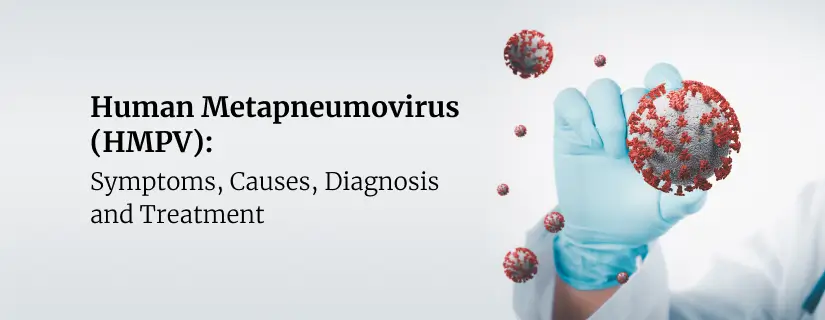-
Doctors
-
Specialities & Treatments
Centre of Excellence
Specialties
Treatments and Procedures
Hospitals & Directions HyderabadCARE Hospitals, Banjara Hills CARE Outpatient Centre, Banjara Hills CARE Hospitals, HITEC City CARE Hospitals, Nampally Gurunanak CARE Hospitals, Musheerabad CARE Hospitals Outpatient Centre, HITEC City CARE Hospitals, Malakpet
HyderabadCARE Hospitals, Banjara Hills CARE Outpatient Centre, Banjara Hills CARE Hospitals, HITEC City CARE Hospitals, Nampally Gurunanak CARE Hospitals, Musheerabad CARE Hospitals Outpatient Centre, HITEC City CARE Hospitals, Malakpet Raipur
Raipur
 Bhubaneswar
Bhubaneswar Visakhapatnam
Visakhapatnam
 Nagpur
Nagpur
 Indore
Indore
 Chh. Sambhajinagar
Chh. SambhajinagarClinics & Medical Centers
Book an AppointmentContact Us
Online Lab Reports
Book an Appointment
Consult Super-Specialist Doctors at CARE Hospitals
Easy ways to Quit Smoking Tobacco
Updated on 16 June 2022

Table of Content
Smoking tobacco is a habit that affects millions of people worldwide and can have severe health consequences. While quitting smoking is a challenging process, there are several easy ways to do it that can make the journey more manageable. Some of the most effective ways to quit smoking, including nicotine replacement therapy, medications, behavioral therapy, exercise, mindfulness and meditation, and quitting "cold turkey." By utilizing these methods, you can increase your chances of quitting smoking and enjoying a healthier lifestyle.
Quitting Nicotine
Cigarette smoking is responsible for nearly 1 in every 5 deaths. Cardiovascular disease, lung cancer, and chronic obstructive pulmonary disease are the top three smoking-related causes of mortality (COPD). In addition to the "top three," smoking has been linked to a variety of different cancers, as well as an increased risk of acquiring more colds and infections, diabetes, osteoporosis and hip fractures, issues during pregnancy, erection problems, stomach ulcers, gum disease, and the list goes on.
Quitting smoking can help you live longer. Though it is preferable to quit sooner rather than later, it is never too late. Even at the age of 80, the benefits of quitting smoking are true!
What causes the addiction?
Nicotine, the primary element in tobacco, is to blame for your smoking habit. Your brain quickly adjusts to it and becomes increasingly desirous of feeling the same way you did after just one cigarette.
Your brain eventually learns to predict when you'll light up a cigarette. You're weary and down, so you think to yourself, "I need a smoke," and the cycle begins again.
But it's not only about chemistry in the brain. You desire to smoke in certain conditions. Triggers range from person to person. The smell of cigarette smoke, seeing a pack of cigarettes in the store, eating specific foods, or drinking your morning coffee can be among your triggers. The way you're feeling (happy or sad) can be a trigger. One of the biggest keys to quitting smoking is spotting the triggers that make you crave smoking and trying to avoid them.
Easy ways to stop smoking
- Set a Quit Date
Choose a date within the next couple of weeks, tell your friends and family about it, and put it on your calendar. Plan to quit smoking fully on that quit date. Consider what would make stopping difficult. Prepare yourself to deal with any withdrawal symptoms. Determine what makes you want to smoke and devise a strategy to avoid or cope with these triggers. To avoid weight gain when you stop smoking, begin exercising before your quit date. To keep your mind and hands occupied, choose healthy distractions. If you plan to utilise nicotine replacement items like nicotine gum or patches, have them on hand.
- Going “cold turkey” might be better
In a recent study, roughly 700 individuals were randomly allocated to either progressively cut back on smoking over two weeks or quit suddenly on a fixed quit date. Counselling was provided to both groups, as well as nicotine patches and other kinds of short-acting nicotine replacement. At the 4-week follow-up (49 per cent vs. 39 per cent) and 6-month follow-up (22 per cent vs. 15 per cent), the group randomised to cold turkey was considerably more successful at quitting smoking.
- Many people need extra support
Though some people are successful on their own, many others struggle, and quitting for good often takes several attempts. There are a variety of ways to seek help, including one-on-one in-person, telephone support, and mobile phone apps. Many counselling programmes are free, and some even include free nicotine patches.
- Treatments available
Medication treatment (nicotine replacement, varenicline, or bupropion) improves quitting rates, particularly when paired with counselling. These drugs may assist with cravings, withdrawal symptoms, and other smoking-related negative effects. Even if a person has not totally quit smoking, these agents can be employed. Varenicline and bupropion take time to work, therefore depending on the medicine, they should be begun a week to several weeks before the quit date. Consult your doctor to determine which treatment is best for you, especially if you suffer from depression.
If these various treatments don’t work, they may also be tried in combination. In addition, there are other alternative treatments, like acupuncture and hypnosis, but success has been less clear with these.
-
Nicotine replacement - Nicotine substitution doubles the rate of quitting. It relieves withdrawal symptoms and cravings, and it's easy to taper off as symptoms improve. Patches, gum, lozenges, nasal spray, and inhalers are all available over-the-counter or with a prescription. If the smoker smokes more than 10 cigarettes per day, the highest dose patch (21mg) should be administered. The patch releases nicotine to the skin over the course of 24 hours, but it can also be withdrawn before bedtime. Other short-acting nicotine replacements can be used alone or in combination with patches as needed for cravings or on a regular schedule (e.g. hourly while awake) at first.
-
Varenicline (Chantix) - Varenicline works by attaching to nicotine receptors in the body, partially activating them to alleviate withdrawal symptoms while also blocking them from nicotine in cigarettes, making smoking less enjoyable. In research, varenicline has been demonstrated to have the greatest quit rate.
-
Bupropion (Zyban, Wellbutrin SR) - Bupropion is thought to act by affecting the hormones in the brain. It also helps to reduce the weight gain associated with quitting smoking. Those who have quit smoking may benefit from longer-term treatment. It cannot be used by people who have had seizures before.
Most smokers who quit will feel better, and they will be less likely to contract (or die from) smoking-related illnesses. However, quitting nicotine is a challenging task. If you want to quit smoking, talk to your doctor about the best ways to help you succeed.
ENQUIRY FORM
SELECT CATEGORIES
-
Neurosciences (16)
-
Neurology (37)
-
Neurosurgery (14)
-
Orthopaedics (48)
-
Oncology (33)
-
Obstetrics and gynecology (51)
-
Pulmonology (23)
-
Urology (20)
-
Nephrology (13)
-
Psychiatry (7)
-
Dietetics and Nutrition (111)
-
General Medicine (63)
-
Cardiac Sciences (30)
-
Vascular & Endovascular Surgery and Interventional Radiology (10)
-
Gastroenterology (46)
-
Endocrinology (23)
-
Plastic Surgery (10)
-
Critical Care Medicine (5)
-
COVID-19 (16)
-
Dermatology (16)
-
Emergency Care (1)
-
Ophthalmology (4)
-
Pediatrics (14)
-
Laparoscopic and Bariatric Surgery (8)
-
ENT (15)
-
Kidney Transplant (1)
-
Liver Transplantation and Hepatobiliary Surgery (5)
-
General Surgery (3)
-
Internal Medicine (5)
-
Medicine Information
Bronchoscopy: Procedure, Preparation, Risks, & Results
Tuberculosis: Symptoms And Causes
YOU MAY ALSO LIKE
RECENT BLOGS
-
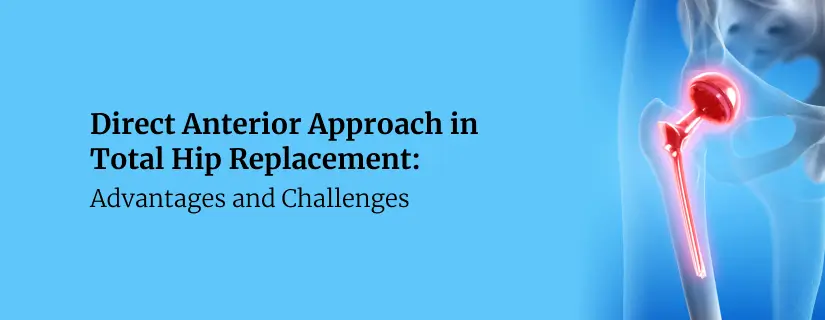
Direct Anterior Approach in Total Hip Replacement: Advantages and Challenges
10 April 2025
Read More
-
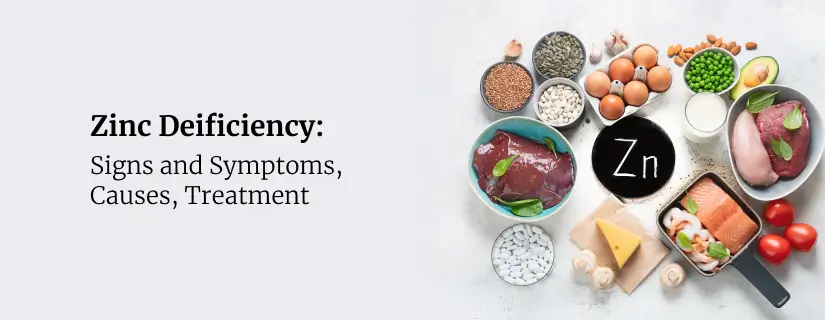
Zinc Deficiency: Signs and Symptoms, Causes, Treatment
9 April 2025
Read More
-
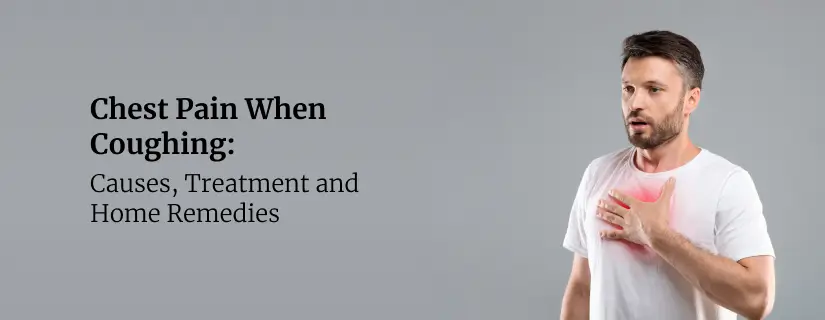
Chest Pain When Coughing: Causes, Treatment and Home Remedies
9 April 2025
Read More
-

12 Health Benefits of Eating Mushrooms
8 April 2025
Read More
-
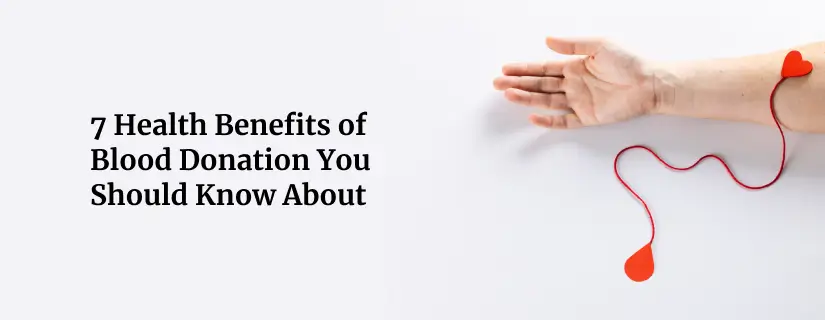
7 Health Benefits of Blood Donation You Should Know About
8 April 2025
Read More
-

Implantation Bleeding Vs Periods: Know the Difference
28 February 2025
Read More
-

Bloating During Ovulation: Symptoms, Causes and Remedies
28 February 2025
Read More
-
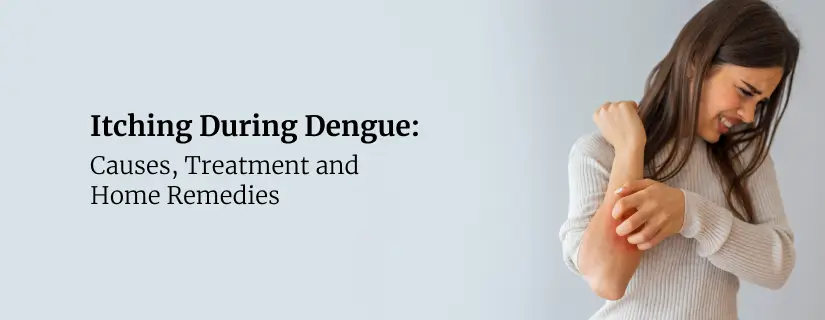
Itching During Dengue: Causes, Treatment and Home Remedies
18 February 2025
Read More
Have a Question?
If you cannot find answers to your queries, please fill out the enquiry form or call the number below. We will contact you shortly.





